In the first of a new series of blogs inspired by content from her Climate Change Garden book, Kim Stoddart explains how to find resilience and nurturing in nature.
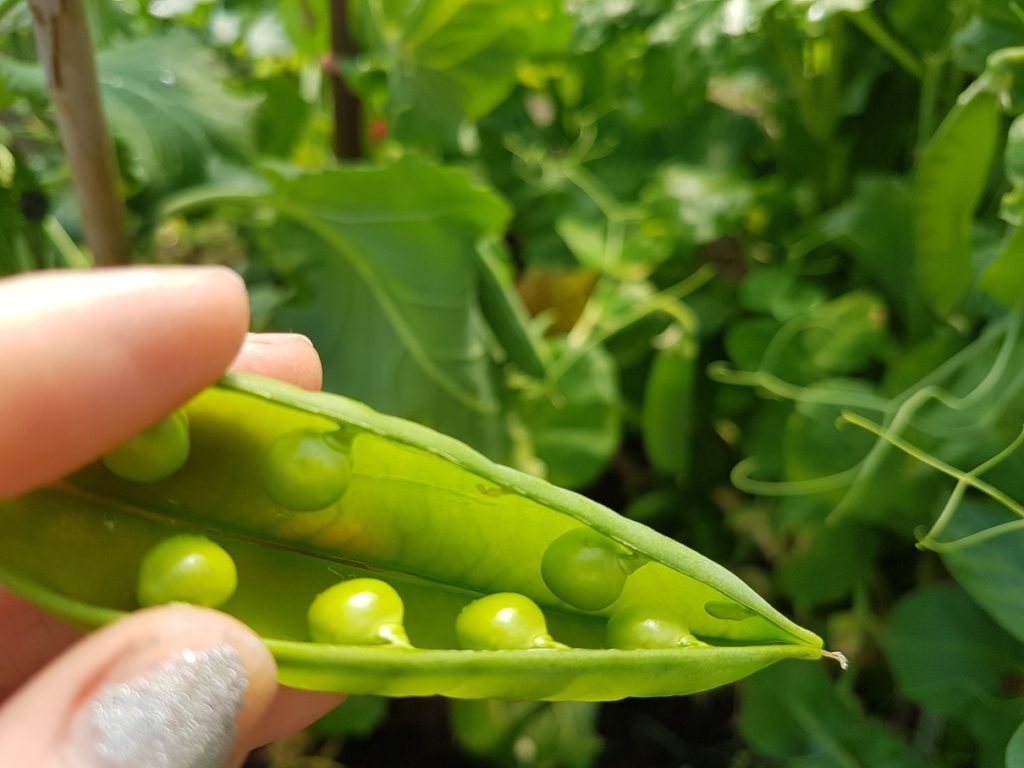
We are living in very uncertain times. Growing at least some of your own food has arguably become more important than ever before in our recent history. As well as enabling us to bring all-important, lovingly home-grown food to the table, the process of gardening in itself, of taking time out, is incredibly wonderful and empowering.
While we can’t grow our own toilet roll or spaghetti, there is so much delicious produce within our grasp that we can easily and realistically enjoy at home. There’s absolutely nothing like plucking a few red ripe to bursting strawberries on a warm summer’s day and popping them in the mouth like sweets. It’s sustainable as can be with no plastic packing, no shipping, or haulage halfway across the country and back, just you and the veg you have cared for and can now consume.
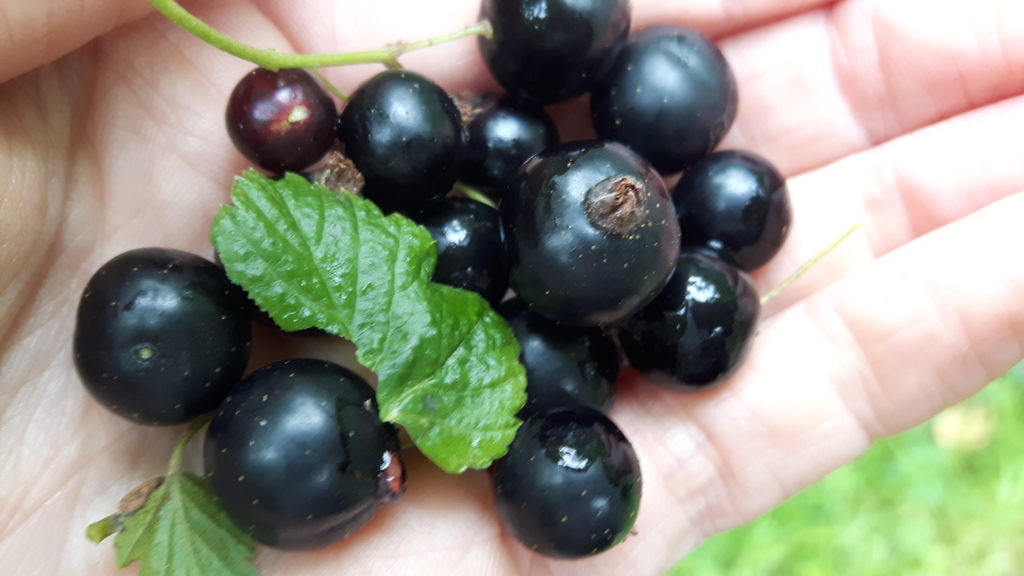
Unfortunately, however, many of our current grow your own practices are high maintenance and vulnerable to the elements. So here’s how to boost your enjoyment, productivity and resilience inside and out, while reducing your workload over the potentially stormy months ahead…
Think perennial planting
These incredibly useful plants are able to stand firm relatively easily against more challenging weather conditions. With their deeper root structure, they are able to seek out moisture more effectively during a dry patch and will also help to absorb an excess of rainwater to the benefit of the plants surrounding them during storm after storm. Once planted and established they are the perfect low-maintenance, mostly pest hardy edibles, which will furnish you with produce for the long term with little to no effort at all.
Choose from rhubarb, asparagus, Jerusalem artichoke, sorrel, globe artichoke, oca and horseradish for starters.
Top Tip – Extra bountiful brassica
Plants like kale, purple sprouting broccoli and chard can be left in the ground and grown on for at least a few seasons for bumper, resilient harvests. Just cut back the flowers, (which can be eaten and used to decorate dishes) and let your produce grow on. Undercover they can keep growing that way for up to six years. Outside for up to four.
The wonder of wildlife
A garden that is truly alive with a myriad of creatures is a much more relaxing and enjoyable place in which to be. Such biodiversity will help with the natural order of balance where with the help of frogs, toads, newts, ladybirds, lacewings and their pals, the eating becomes the eaten. It will also lift the spirits and provide a greater connection so much more than an outside space devoid of wildlife altogether. From the soothing sound of birdsong to the mesmerising sight of a butterfly or bee pollinating a plant, gardening in harmony has so much more to offer.
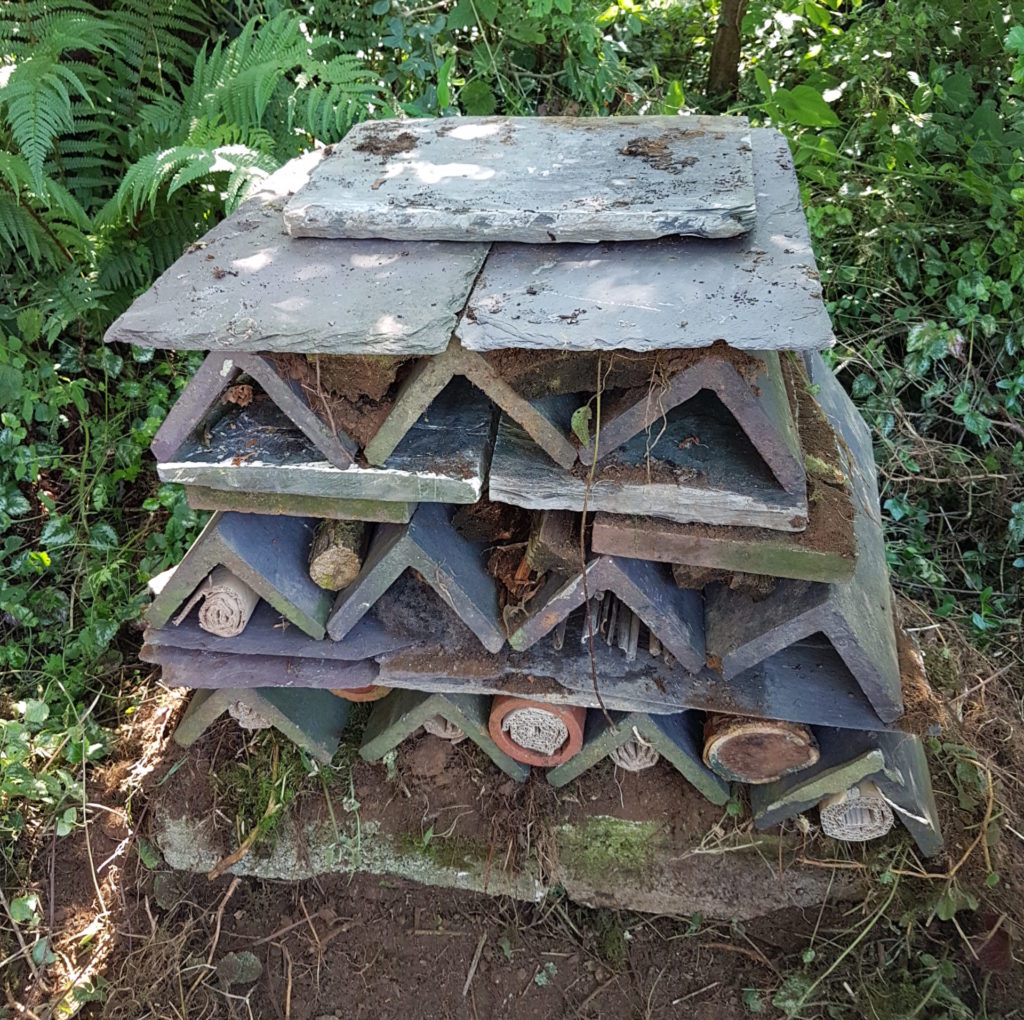
Top Tip – let go to let nature grow
It’s very easy to draw wildlife in, allow a little corner of your plot to grow a little wild, leave some dead wood on trees and leaf litter and create a small wildlife pond from an old sink basis and watch how nature’s little helpers move on in.
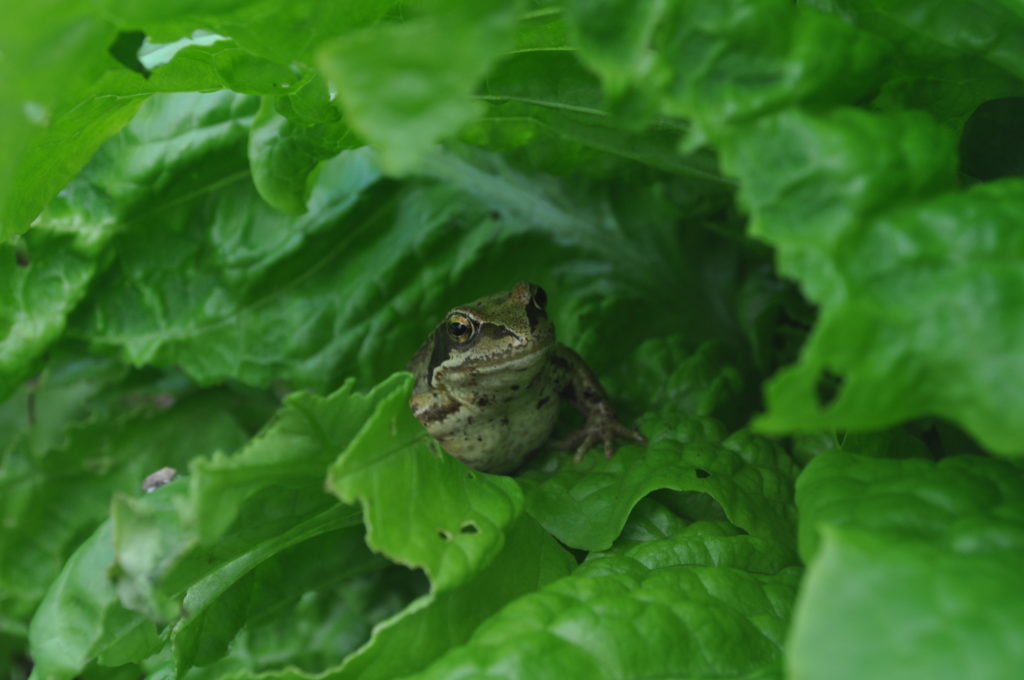
Mixed planting over crop rotation
Look at most veg patches or allotments around the UK and you will see patch upon patch of block planted vegetables, as far as the eyes can see. This is because this is what we’ve been led to believe growing fruit and vegetables should look like.
Yet, it doesn’t have to be this way all… In reality, if you plant different types of vegetables and even fruit, all mixed in together, with variety in your raised bed then the soil doesn’t get depleted in the same way it would with monoblock planting. This affords a biodiversity that enables you to bypass the crop rotation system entirely.
In fact, this more free-spirited, laid-back method of growing can also help to keep pest numbers in check. If you consider that it’s often recommended to companion plant calendula or onions around carrots to help prevent carrot fly attack, imagine this principle just on a much larger scale.
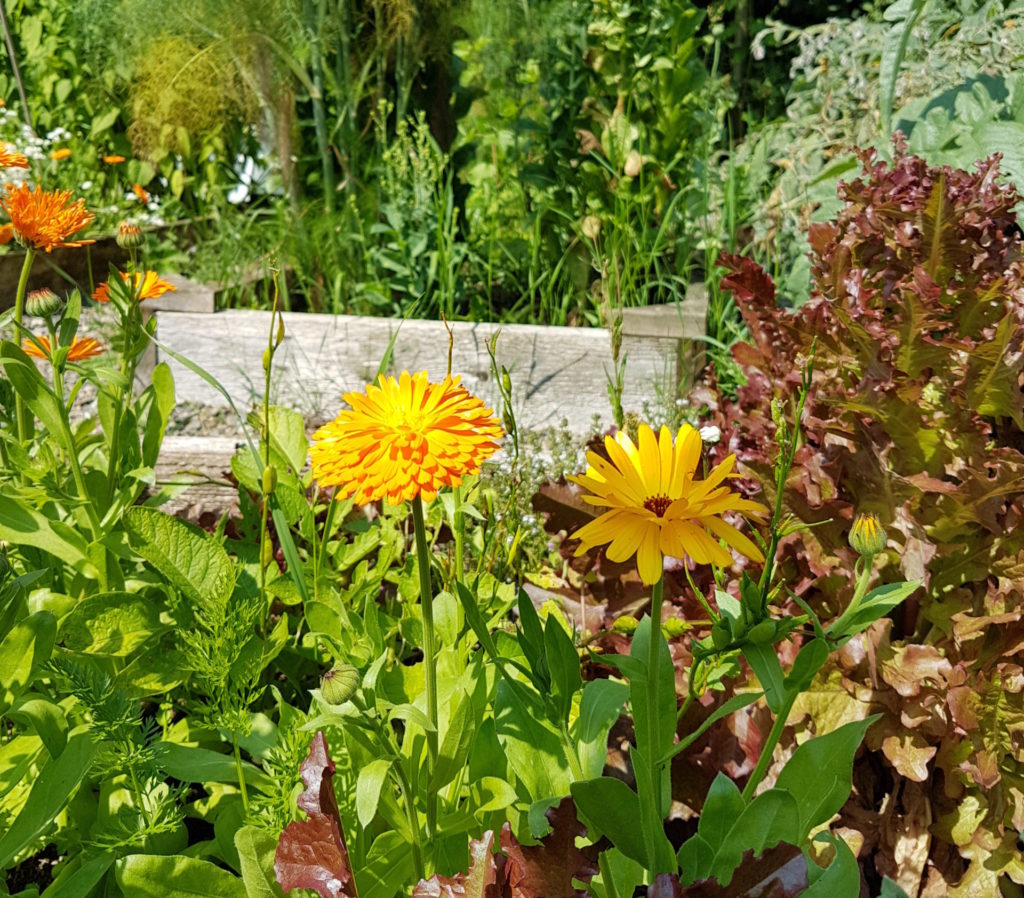
Get up close to the soil
The soil is the heart and soul of your garden so treat it well for produce to prosper. Make it the best it can be and use the best quality peat-free compost you can afford for sustainable, natural resilience from the ground up.
Herbs – a place in thyme
These plants have a valuable role to play in the more resilient garden, attracting in pollinators and beneficial insects to our benefit, as well as furnishing us with very healthy, flavorsome material for the kitchen. Choose from thyme, mint, rosemary, sage, chive, coriander, basil, lavender and marjoram for sweet-smelling therapeutic and edible loveliness.
For more amazing tips take a look at
The Climate Change Garden Book!
Last Updated on January 4, 2021 by Suttons Horticultural Team




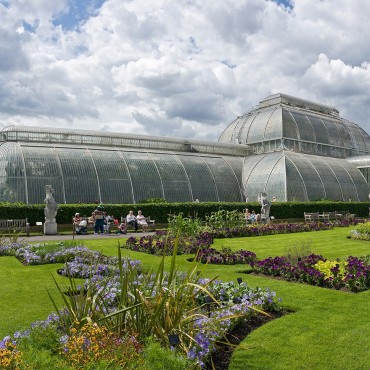
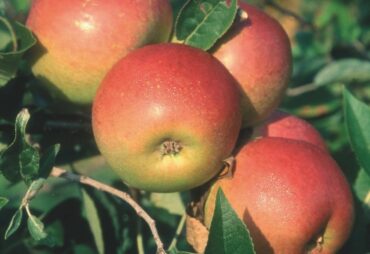
How Brilliant. Informative. Easy to read. Thanks. Saved for longer study